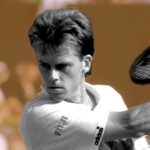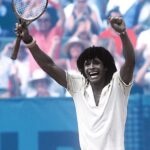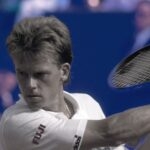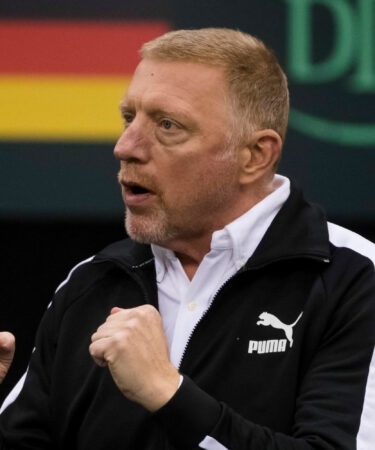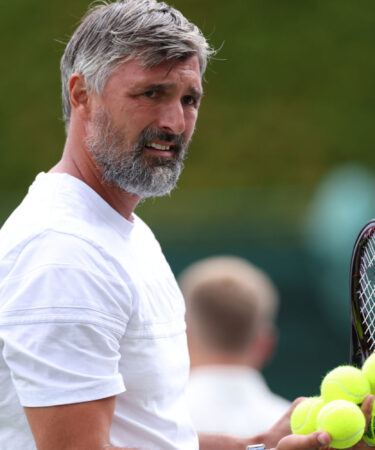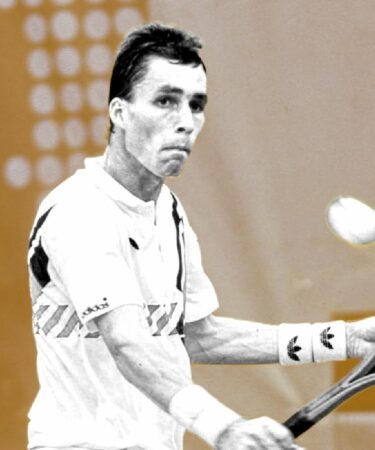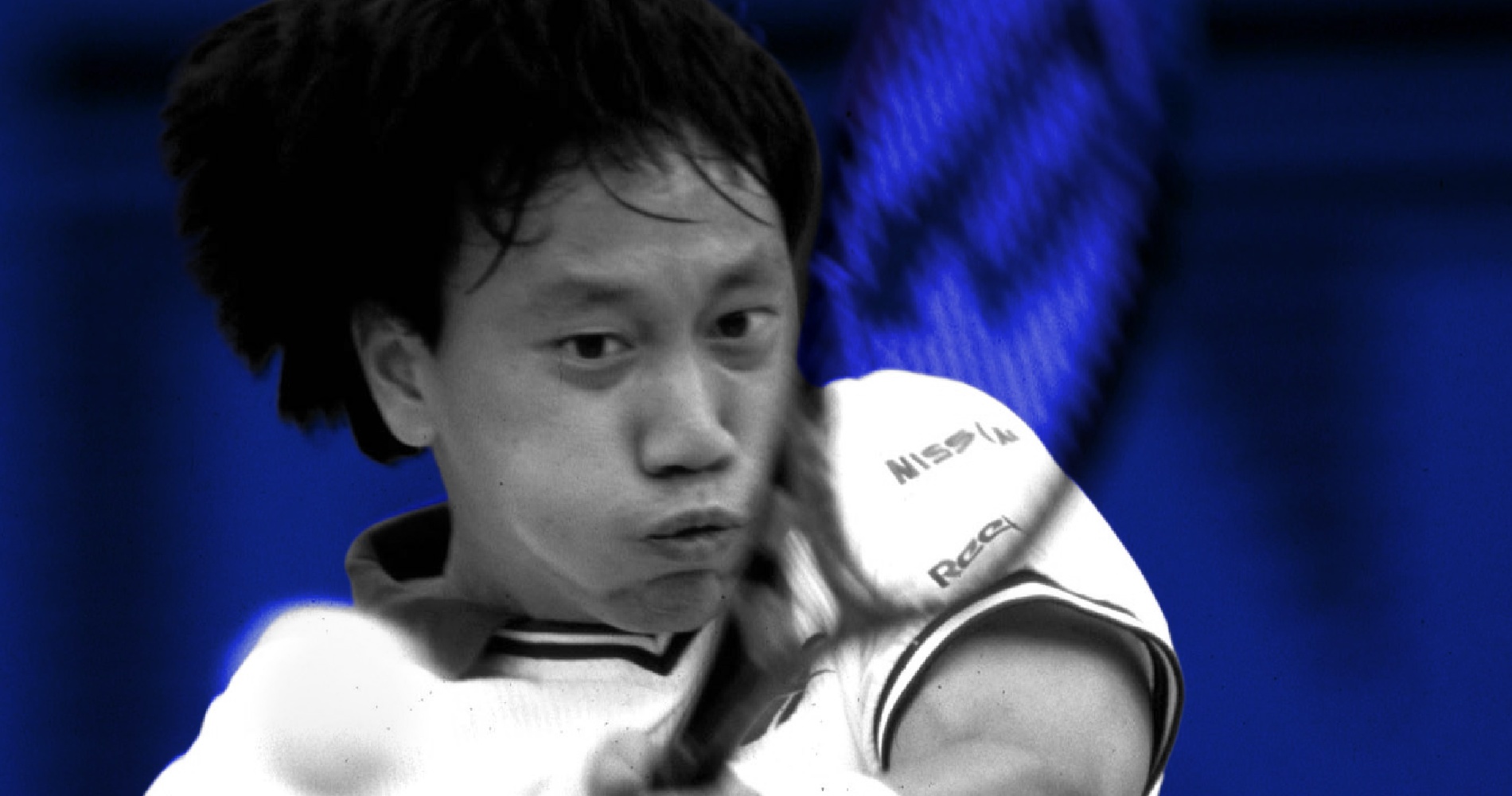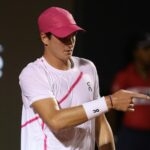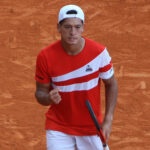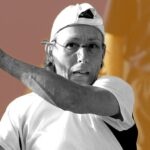May 29, 1990: The day Edberg and Becker were sent packing from Roland-Garros
Every day, Tennis Majors takes you back in time to relive a tennis event which happened on this specific day. On May 29, 1990 the top two seeds were eliminated in the first round at a Grand Slam tournament for the first time in history
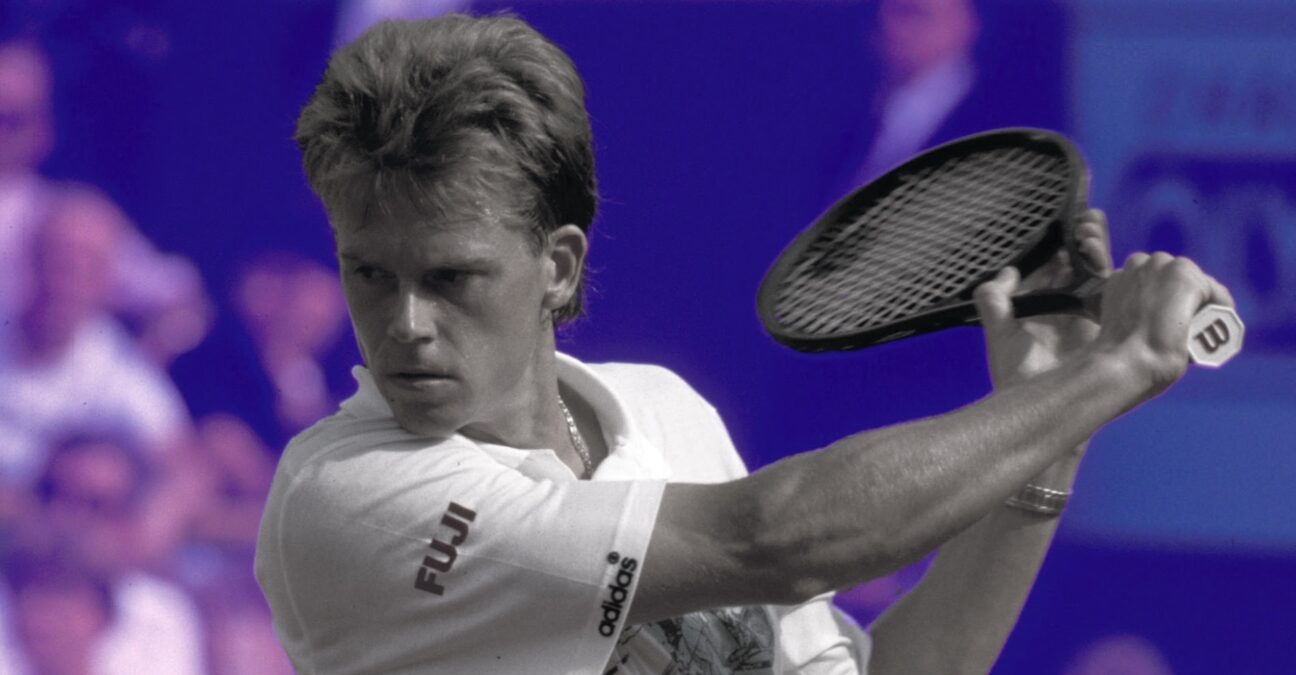 Edberg RG 1990 29_05
Edberg RG 1990 29_05
What happened on that day?
On this day, May 29, 1990, for the first time in tennis history, both the No 1 and No 2 seeds were defeated in the first round of a Grand Slam tournament.
In the absence of world No 1 Ivan Lendl, who had skipped the tournament to train on grass for Wimbledon, this unique misadventure happened at Roland-Garros to long-time rivals Stefan Edberg (world No 2) and Boris Becker (world No 3). The top two seeds both fell to newcomers on the tour, relative unknowns who would soon become famous: Sergi Bruguera, from Spain, and Goran Ivanisevic, from the then-Yugoslavia.
The two first-round losers in Paris would go on to face one another a month later in the Wimbledon final.
The People Involved: Boris Becker and Stefan Edberg
- Boris Becker a.k.a. “Boom Boom”, early talent
Boris Becker was born in 1967 in Germany. In 1985, the German became the youngest ever Wimbledon champion at the age of 17, beating Kevin Curren in the final (6-3, 6-7, 7-6, 6-4). In total, Becker would claim three titles at the All England Club, which was also the scene of his famous rivalry with Swede Stefan Edberg. Becker and Edberg had faced each other twice there in the final (1988, 1989) with Edberg winning in 1988 and Becker in 1989 (6-0, 7-6, 6-4).
The German’s powerful serve, which he often followed to the net, earned him the nickname “Boom Boom.” He was famous for his spectacular diving volleys, as well as his dramatic play and emotional outbursts. In 1989, Becker claimed a fourth Grand Slam crown at the US Open, defeating world No 1 Ivan Lendl in the final (7-6, 1-6, 6-3 7-6).
- Stefan Edberg, the Swedish champion
Edberg was born in 1966 in Sweden. The Swede achieved the junior Grand Slam in 1983 (all four boys singles at the Majors) but almost quit tennis that same season after one of his serves accidentally caused the death of a line judge in New York. He soldiered on and probably did not regret it. As soon as December 1985, a few months after young Becker had broken through by winning Wimbledon, Edberg claimed his first Grand Slam, also on grass, at the Australian Open, defeating fellow Swede Mats Wilander in the final (6-4, 6-3, 6-3).
The Australian Open was not held in 1986, due to its pending change of date to January, but Edberg would successfully defend his title in January 1987, defeating Aussie favourite Pat Cash (6-3, 6-4, 3-6, 5-7, 6-3). In 1988, the Swede added a Wimbledon title to his achievements, defeating Becker (4-6, 7-6, 6-4, 6-2) in a final that began one of the most famous rivalries in tennis history.
Both champions mainly played serve-and-volley, and their results on clay came far from matching their successes on hard court and grass. In fact, until this fateful day in May 1990, neither player had claimed a singles title on red dirt.
The place: Roland-Garros
This story unfolded at Roland-Garros, Paris. The stadium, located in the west of Paris at the edge of the Bois de Boulogne forest, had been hosting the French Open since 1928.
It was the first and now the only Grand Slam to be played on clay, the slowest surface, which made it the hardest tournament to win from a physical perspective. With the prominence of baseliners like Lendl and Wilander, and the dawning of the heavy topspin era, winning Roland-Garros became the biggest challenge for those who were attacking the net. In the 1980s, only one player managed to claim the men’s title while consistently playing serve and volley: Yannick Noah in 1983.
The Story: Edberg loses first and is then followed by Becker
When they arrived in Paris to compete at Roland-Garros in 1990, both Becker and Edberg were in their prime and full of confidence. They held the second and third spot in the world rankings behind Lendl, who had defeated Edberg that year in the Australian Open final (4-6, 7-6, 5-2 retd.). Becker, meanwhile, had claimed the 1989 US Open title.
Even if clay courts were extremely challenging for their attacking games, the pair had reached the semi-finals in Paris the previous year. Edberg had prevailed over Becker 6-3, 6-4, 5-7, 3-6, 6-2 but the Swede was defeated by Michael Chang (6-1, 3-6, 4-6, 6-4, 6-2) in a heartbreaking final where he came up empty on each of the 10 break point chances he had in the fourth set. Becker had never lost in the first round of a Grand Slam tournament and it had only happened once to Edberg, at the age of 17, at the 1983 US Open.
Edberg would be the first to fall. Scheduled for the first match on Tuesday, he was facing Bruguera, whom he had routed 6-0, 6-3 just a few months earlier in Indian Wells. The young Spaniard, aged 19, was playing his second season on the tour and his best result to date had been a fourth-round showing at the French Open in 1989. Bruguera had never won a title and no one had imagined that he could cause any trouble to last year’s runner-up.
They were wrong…
Edberg, hampered by blisters on this day, was a shadow of himself as Bruguera displayed the skills that would make him one of the greatest clay courters of his time: heavy topspin on both sides, amazing consistency and jaw-dropping defensive skills. Three sets later, Edberg was rudely sent packing from Roland-Garros 6-4, 6-2, 6-1.
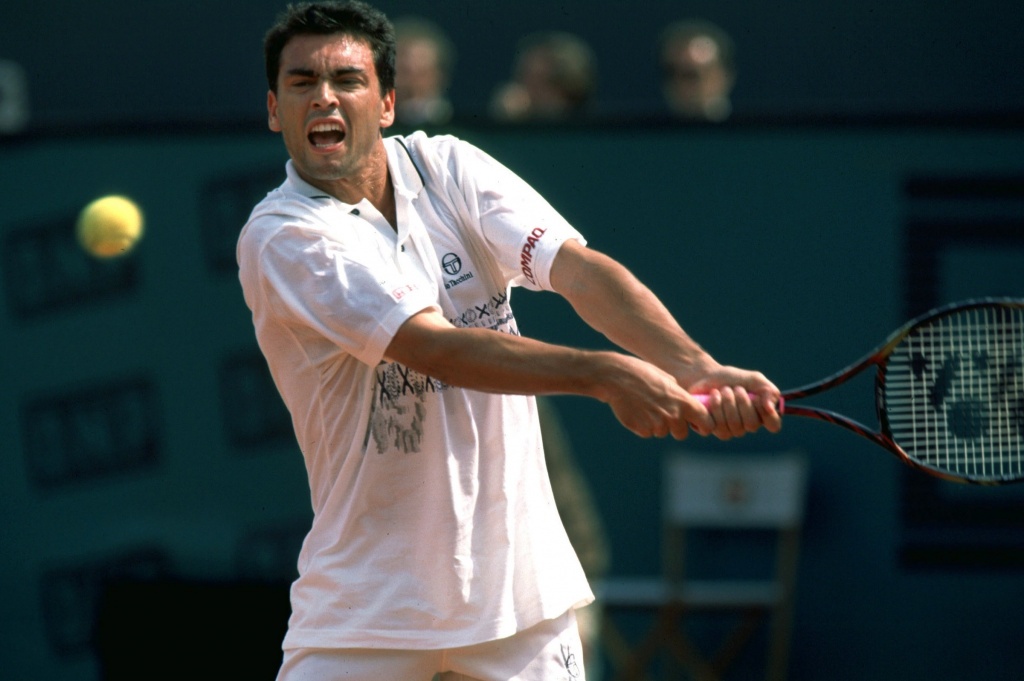
In the players’ area, a young southpaw from Yugoslavia was watching the match with great interest. Goran Ivanisevic, 18 years old and world No 51 at the time, was preparing to face No 2 seed Becker in the afternoon. Like Bruguera, Ivanisevic was fresh on the tour and had never been past the fourth round at a major tournament.
Perhaps watching the Spaniard inspired him to dig deep. The lanky left-hander came on court that day with no apparent nerves. Becker and the French crowd got an up-close look at Ivanisevic’s booming serve, the one that would become a legendary shot, but they also witnessed his great potential as a tactician.
Focused the entire time, Ivanisevic not only fired 19 aces, he also delivered a great match in all aspects of the game. Returning Becker’s massive serve easily, he discouraged the German from taking the net with accurate passing shots. Ivanisevic played consistently and dictated the game brutally whenever the opportunity presented itself. Displaying a performance that the German would later call “out of his mind,” Ivanisevic knocked out the world No 3 in four sets, 5-7, 6-4, 7-5, 6-2. The impressed French audience gave Ivanisevic a standing ovation as he left the court.

It was only day two, and Roland-Garros was already deprived of its top two seeds. This had never happened before in tennis history.
What next: Edberg and Becker will be world No 1, Bruguera and Ivanisevic will be Grand Slam champions
Ivanisevic would reach the quarter-finals at the 1990 French Open, beaten by Thomas Muster (6-2, 4-6, 6-4, 6-3). It would remain his best result at Roland-Garros, which he would match twice, in 1992 and 1994. His serve would become one of the most feared shots in tennis history, to the point where it became an issue and would contribute in pushing tennis organisations to slow down the game to improve the viewing experience for audiences. Ivanisevic would lose three Wimbledon finals, in 1992, 1994 and 1998, before eventually claiming the title in 2001 as a wildcard, ranked No 121.
After his surprising victory over Edberg, Bruguera would fall in the next round against Jonas Svensson (2-6, 2-6, 6-4, 6-4, 6-0). In the years to come, he would prove to be more than a flash in the pan. The Spaniard would later become a clay court terror and win Roland-Garros twice in succession, in 1993 and 1994, before finishing runner-up in 1997.
Edberg and Becker would recover from their disappointment, and a month later they would face each other in the last of their three consecutive Wimbledon finals. Edberg would prevail 6-2, 6-2, 3-6, 3-6, 6-4. Both would claim the world No 1spot in the near future, Edberg on August 13,1990 and Becker on January 28, 1991, just after his first Australian Open title.
Neither man would ever triumph at Roland-Garros, although Becker would reach the semi-finals again in 1991 and Edberg the quarter-finals in 1991 and 1993. The German would finish his career with 49 titles, but never managed to win one on clay.
